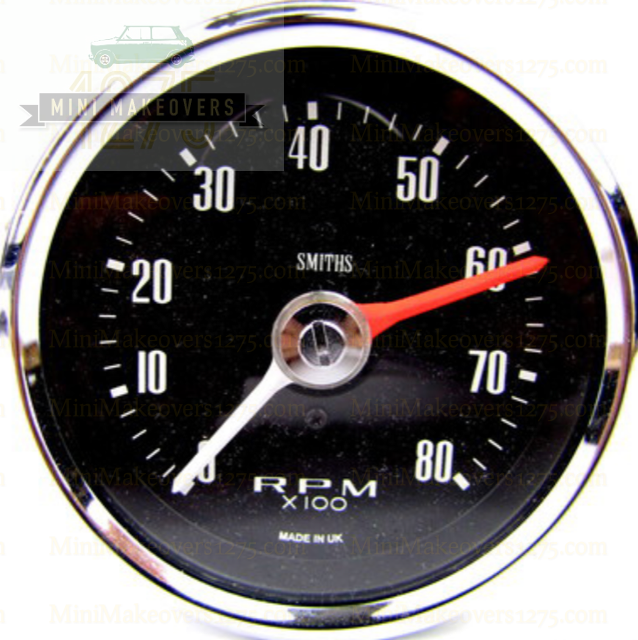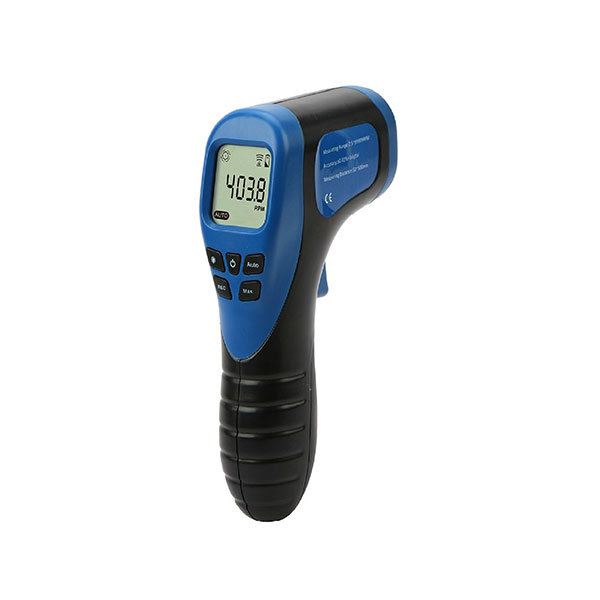Comprehensive Guide to Understanding and Making Use Of a Tachometer Properly
Comprehensive Guide to Understanding and Making Use Of a Tachometer Properly
Blog Article
Opening the Secrets of Tachometers: Whatever You Need to Understand About This Essential Instrument in Your Car
Comprehending the complexities of tachometers can supply valuable insights right into your car's efficiency and upkeep needs. From determining engine rate to deciphering the data it provides, tachometers work as a critical device for vehicle proprietors and enthusiasts alike. By unraveling the enigmas behind this crucial instrument, you can open a wealth of details that can enhance your driving experience and ensure the longevity of your car.
Relevance of Tachometers
The importance of tachometers lies in their ability to supply essential real-time data concerning an engine's rotational speed, permitting for exact monitoring and upkeep of equipment. By gauging the revolutions per min (RPM) of an engine's crankshaft, tachometers provide beneficial insights into the engine's efficiency - tachometer. This information is vital for making certain that the engine runs within its optimal variety, staying clear of prospective damages from over-revving or underperforming
Tachometers play an essential duty in helping operators and technicians find any kind of anomalies in the engine's speed, which might suggest issues such as fuel inadequacy, mechanical problems, or extreme stress on the engine. By quickly identifying these issues through tachometer readings, upkeep can be executed proactively, protecting against expensive fixings and downtime in the lengthy run.
Moreover, tachometers are especially vital in high-performance automobiles and equipment, where accurate control over engine rate is required for optimum procedure. Competing automobiles, aircraft, and industrial equipment depend on tachometers to supply peak efficiency while keeping safety and security standards. Essentially, tachometers are not simply tools for determining speed yet essential devices for making sure the smooth and reliable operation of engines throughout numerous applications.
Just How Tachometers Measure Engine Speed
Making use of sensing units that find the regularity of electrical pulses generated by the engine's ignition system, tachometers accurately gauge the rotational speed of an engine. By monitoring the rate at which these pulses are received, tachometers give real-time comments on just how quick the engine's crankshaft is turning per minute, generally described as transformations per min (RPM)
The tachometer's sensor, often connected to the engine's ignition coil or spark plug cables, grabs the electrical signals created each time a cyndrical tube fires. These signals are then transformed right into RPM readings presented on the scale or tool collection within the driver's view. Tachometers can be analog or electronic, with modern-day cars generally including electronic screens for precise and instant RPM readings.
This details is crucial for drivers to understand the click to find out more engine's performance, avoid over-revving, maximize gear changing, and guarantee reliable gas intake. By properly determining engine speed, tachometers play a crucial function in helping motorists operate their vehicles securely and successfully.
Interpreting Tachometer Readings
Having a clear understanding of just how tachometers measure engine speed establishes the foundation for efficiently analyzing the RPM readings presented. Analyzing tachometer analyses is critical for optimum automobile efficiency and engine health and wellness. When the engine is idling, the tachometer needle generally rests around 600-1000 RPM, depending on the vehicle.


Tips for Making Use Of Tachometers Properly
To boost driving performance and enhance engine efficiency, what secret strategies can be carried out for properly making use of tachometers? Tachometers are important tools that supply real-time feedback on engine rate, enabling vehicle drivers to make informed choices for better efficiency - tachometer. Right here are some suggestions for using tachometers successfully:
Recognizing Optimum RPM Array: Acquaint on your own with the optimal RPM (Transformations click to investigate Per Minute) array for your automobile. This variety ranges different cars and trucks and is normally suggested in the proprietor's manual. Keeping the engine within this variety can boost fuel effectiveness and prolong the engine's life expectancy.
Moving Gears at the Right Time: Make use of the tachometer to determine the finest time to change gears. Objective to change gears when the RPM reaches the ideal range for the next equipment.
Keeping Track Of Engine Tension: High RPMs for long term durations can strain the engine. Watch on the tachometer to protect against over-revving, particularly throughout velocity or when bring heavy tons.
Tachometers and Lorry Upkeep
When thinking about car upkeep, tachometers play an essential role in monitoring engine efficiency and site here finding potential problems. Tachometers offer vital information on engine speed, enabling chauffeurs and technicians to ensure that the engine is operating within the suggested RPM array.
Along with spotting prospective issues, tachometers can likewise help in optimizing gas performance. By maintaining the engine speed within the optimum range, vehicle drivers can boost their gas mileage and decrease fuel intake. This not just benefits the chauffeur's pocketbook yet also adds to environmental preservation by lowering harmful emissions.
Final Thought

Report this page